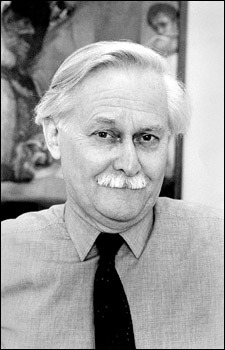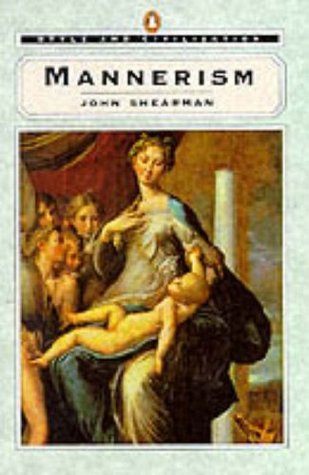John Shearman

Courtauld Institute Professor; scholar of Raphaël and Mannerism. Shearman was the son of Charles E. G. Shearman, a British army brigadier and amateur painter, and Evelyn White (Shearman). He attended St Edmund's school, Hindhead, and the Felsted School, in Essex, where his interests in studio art were encouraged by the headmaster. He became a painter of naturalistic landscapes and seascapes. Shearman entered the Courtauld Institute, University of London, in 1951, where he studied art history under Vienna expatriate Johannes Wilde (q.v.). Wilde imparted to Shearman his technique of using a variety of physical evidence to interpret art. Shearman's dissertation, written under Wilde, Developments in the Use of Colour in Tuscan Paintings of the Early 16th Century, was completed in 1957. Other émigré scholars whose lectures deeply affected Shearman at the Courtauld included Rudolf Wittkower (q.v.) and Ernst Gombrich (q.v.). Upon graduation, Shearman was immediately appointed lecturer at the Courtauld. In the next ten years Shearman devoted himself to publishing a massive quantity. An early article on the Raphael cartoons, with fellow Courtauld Institute scholar John White (q.v.) in the Art Bulletin (1958) adumbrated his later monograph on the topic. Early in his career, Sir Anthony Blunt (q.v.) assigned Shearman to catalog the early Italian paintings in the Royal Collection (the volume finally appeared in 1983). Shearman wisely decided to exclude the Raphael cartoons as too great a topic to be treated among the other works. In 1964, Shearman was awarded a research fellowship at Princeton University, which allowed him to research his subsequent books unhindered by teaching. His first published book, a two-volume catalogue raisonné on Andrea del Sarto in 1965, appeared two years after a work on the same subject by his colleague and friend, Sydney Freedberg (q.v.). A second book, on Mannerism, the result of a 1961 paper "Maniera as an Aesthetic Ideal" delivered at the 20th International Congress of the History of Art, appeared in 1967. The latter work went through eight subsequent editions. In 1966, Shearman was one of the foreign art historians who helped assess the damage to art the devastating Arno River flood in Florence. He also assisted in advising on the subsequent restorations. In 1967 he was made Reader at the Courtauld. Shearman complete the book on the Raphael Cartoons in 1972. The book analyzed how artists of as great a stature as Raphael were tempered by their patrons and theological advisers. At Blunt's retirement as Director of the Courtauld, Shearman was considered but denied the position. He acted as Deputy Director between 1974-79. In 1979 Shearman left the Courtauld for Princeton University. Among his accomplishments there were a 1983 conference celebrating the quincentenary of Raphael's birth. The conference, organized together with Marcia Hall (q.v.), focused on the subject of science in the service of art history. It was there that Shearman also announced a project to revise Vincenzo Golzio's Raffaello nei documenti, 1971, a classic of text of art history. Though the briefcase containing most of his archival transcriptions had been stolen the previous year, Shearman painstakingly repeated his research. That same year, 1983, his first wife, Jane Dalrymple Smith (Shearman), died. He married Sally Roskill (later divorced). In the 1980's Shearman served on the Pontifical Advisory Commission for the Restoration of the Sistine Chapel, reviewing the cleaning which was completed in 1994. Shearman discovered in the course of his research that the chapel's ceiling had been severely cracked before Michelangelo was commissioned by Pope Julius II to paint it in 1508. His endorsement of the cleaning project put him at odds with other Renaissance specialists, such as James Beck (q.v.). In 1988 Shearman delivered the Mellon lectures at the National Gallery of Art in Washington. His lectures, Only Connect, publis

